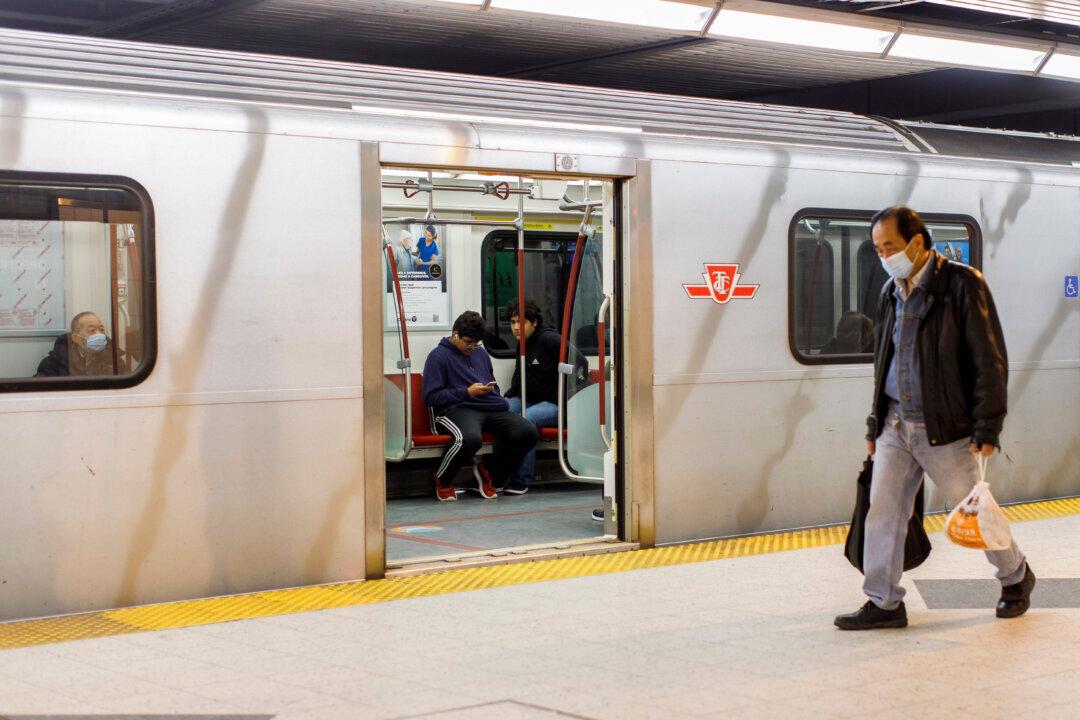Canada is seeing a long-term decline in transit use due to the widespread adoption of remote work, according to a recent report by Statistics Canada. The Infrastructure Department has warned that system deficits cannot be solely shouldered by taxpayers.
“The increase in work from home has reduced public transit use,” said a StatCan report, “Research to Insights: Working From Home in Canada,” as first reported by Blacklock’s Reporter. The number of commuters using public transit dropped from 12.6 percent in May 2016 to 10.1 percent in May 2023, the report stated.





